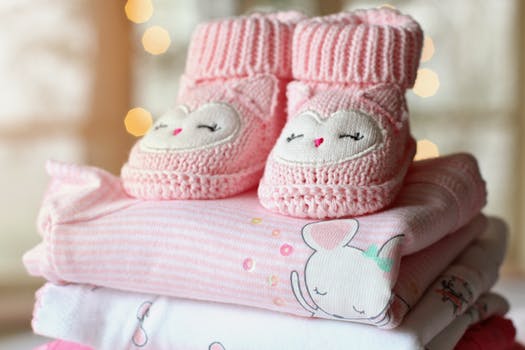The global market for food items is the largest market in the world — each day, billions of dollars worth of food travel across the seas gets distributed through rail and road and flies off the store shelves of millions of stores of all sizes.
Companies working in the food sector have local, national, and international markets they can expand into. But, how can you make your products stand out and sell? You have many avenues: marketing, product R&D, innovation. Undoubtedly, these all contribute to the success of your products, but an element that’s overlooked is the packaging of the products.
Food Packaging:

The packaging determines the branding, style, and uniqueness of food products. It decides whether it stands out on store shelves or fades into obscurity. In this article, we’ll go over some important tips to improve the style and quality of food product packaging. Implementing these tips isn’t costly, and they can meaningfully impact your sales.
#1 Make Sure the Packaging Features Your Brand
Branding building is extremely important for sales, especially when it comes to foodstuff. Coca-Cola, Pepsi, Kinder, M&M sell millions purely on the backs of their brand, and if any company hopes to someday reach half the success of any of these companies, they need to start building their brand right away.
The packaging of your products is one of the primary ways you can build your brand: where you place your logo, the messages you try to convey on the packaging, the art you decide to place on the packaging, etc. will impact the perception of your product, company, and brand.
That’s why you should not only make sure the packaging properly features your brand, but you should also make sure you are sending the right messages you want to be associated with your brand. From the packaging itself to what’s written on it, you have to take it all into account.
#2 Pay Attention to the Shape and Architecture of the Packaging
The shape and architecture of the packaging are some of the primary elements that decide the aesthetics of your products. How many times have you decided to buy a food product because the packaging had a unique shape? You’re not the only one!
Not only that but the shape and size of the packaging will determine storage costs as well. If the shape is too unique, non-stackable, it can meaningfully increase storage prices. While this wouldn’t be impactful in other industries, since food products have such low-profit margins, this can impact your sales.
You have to strike a balance between shapes that are practical and shapes that help your products stand out.
#3 Be Creative: Make the Packaging Stand Out
As we mentioned in other sections above, the importance of making your product stand out can’t be overstated. Alongside shelf space, placement, etc. the packaging determines what sort of first impression your products make to store visitors.
But unlike shelf space and placement, variables you can’t control, you can easily control the type and style of packaging for your products. This is a crucial advantage that you need to fully leverage if you want your products to be successful.
You have a lot of freedom to craft packaging as creatively as you want. From color, embellishment to size and shape, you have freedom over every aspect of the packaging. By contacting a competent food boxes manufacturer, you can unleash your creativity and craft packaging that truly shines.
#4 Try to Portray the Product’s USPs
Your packaging looking pretty isn’t enough — although that will initially grab people’s attention, it might not be enough to drive home the sale. It is also important to show the unique selling points (USPs) of your products on the packaging.
If you’re trying to market chocolate, it is probably important to show the amount of cocoa in the product, the region the chocolate was manufactured from, and other relevant information that can make your product sell more.
This doesn’t mean that you should fill up your products’ packaging with small-print text to dump as much information on it as possible. Nobody cares about specific things about the products. You need to keep it to relevant information only — ones that are mandated by law and ones that will make your products sell more. Striking the right balance between information density, art, and branding is the key to successful packaging design.




